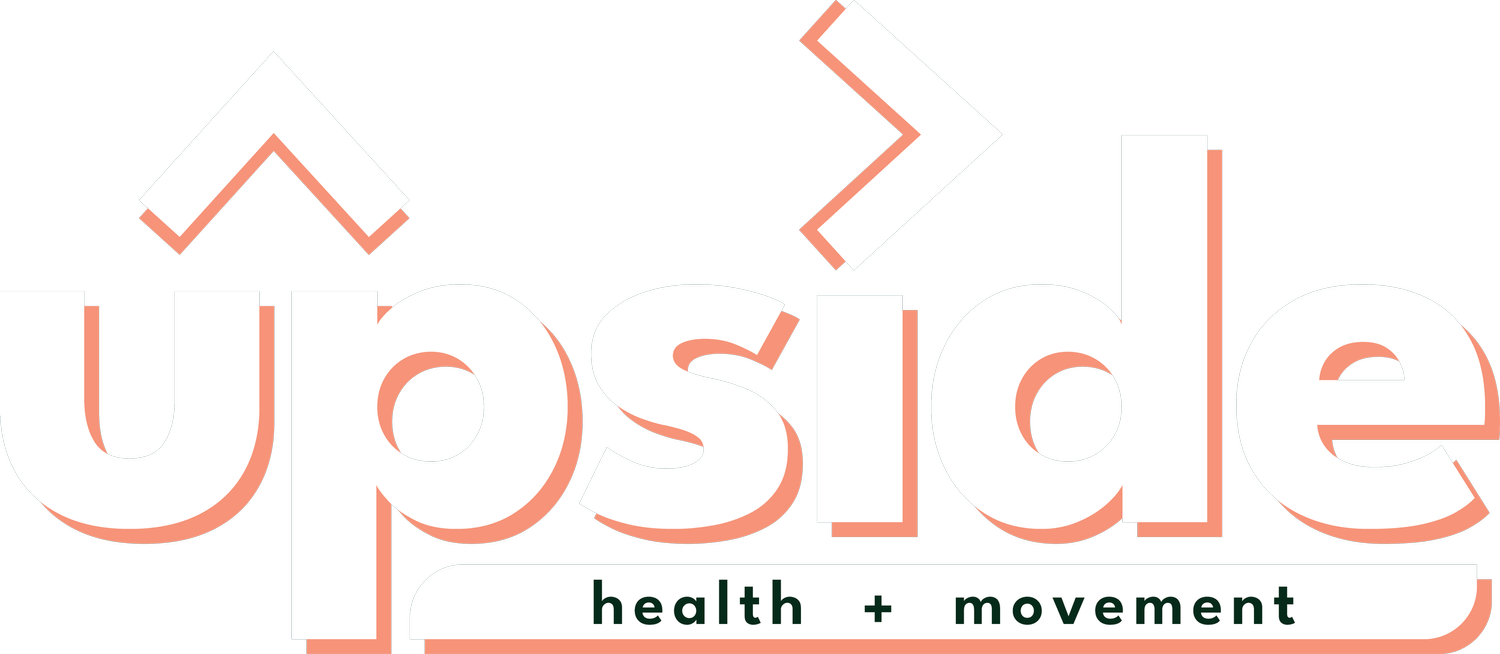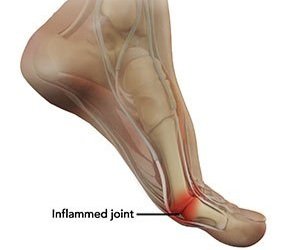Pain Profile: Turf Toe
"Turf toe." It has an interesting name that sounds almost comical, but for those who are dealing with it, it’s certainly not funny at all. This condition is not typically one that people come to Upside Health & Movement directly to seek treatment for. Instead, it often arises as a secondary issue, something that is mentioned in passing during a consultation. It tends to come up in a manner like, “While I’ve got you here, would you mind taking a moment to check this other thing out for me?”
What Exactly is Turf Toe?
Turf Toe
Turf toe is a sprain of big toe joint normally caused by hyperextension.
The medical term for turf toe is a sprain of the metatarsophalangeal (MTP) joint of the big toe. This joint is crucial for pushing off during running, jumping, and pivoting. When the big toe is bent upwards beyond its normal range of motion, the ligaments underneath the toe can stretch or tear.
Why "Turf Toe"?
The name comes from the injury's prevalence among athletes playing on artificial turf. Artificial turf, compared to natural grass, offers less give, which can increase the force on the big toe during sudden movements. However, it's important to note that turf toe can occur on any surface, and in any sport or activity that involves forceful bending of the big toe.
Common Causes:
Forced hyperextension: This is the primary cause, often occurring when the toe is jammed or pushed beyond its normal range.
Repetitive stress: Repeated minor traumas to the MTP joint can weaken the ligaments over time.
Poor footwear: Shoes that offer insufficient support or flexibility in the forefoot can increase the risk.
Symptoms:
Pain at the base of the big toe, especially during movement.
Swelling and bruising around the joint.
Tenderness to the touch.
Limited range of motion in the big toe.
A feeling of instability in the joint.
Grading the Severity:
Turf toe is graded from 1 to 3, depending on the severity of the ligament damage:
Grade 1: A mild sprain with stretching of the ligaments. Symptoms include mild pain and swelling.
Recovery Time: Typically 1-2 weeks.
Grade 2: A partial tear of the ligaments. Symptoms include moderate pain, swelling, bruising, and some loss of motion.
Recovery Time: Typically 2-6 weeks.
Grade 3: A complete tear of the ligaments. Symptoms include severe pain, significant swelling and bruising, and significant loss of motion.
Recovery Time: This can range from several weeks to several months, and in some cases, surgery may be required, extending the recovery period.
Treatment and Recovery:
The treatment for turf toe depends on the severity of the injury.
R.I.C.E. (first 48 hours - depending on severity):
Rest: Stay off your feet as much as possible.
Ice: Apply ice packs for 15-20 minutes at a time, several times a day.
Compression: Wrap your toe with a compression bandage to reduce swelling.
Elevation: Keep your foot raised above your heart.
Taping:
Taping the big toe can provide stability and limit excessive movement, which helps to reduce pain and promote healing.
This technique involves using rigid athletic tape to secure the big toe in a position that minimizes stress on the injured ligaments.
It is important that taping be done correctly, and it is best to have a professional, such as a physical therapist, show you the proper technique.
Pain Relief: Over-the-counter pain relievers can help.
Supportive Shoes: Wear shoes with a stiff sole to limit toe movement.
Seek further assistance: If the pain is severe or doesn't improve, seek further assistance from a healthcare professional. They can diagnose the injury and recommend the best treatment.
Prevention is Key:
Wear good shoes: Choose shoes that fit well and provide support.
Warm-up: Before any activity, warm up your muscles and joints.
Be careful: Pay attention to your footing, especially on uneven surfaces.
Strengthen your feet: Simple exercises can help strengthen the muscles around your toes.
Don't Ignore the Pain:
If you experience pain in your big toe, don't ignore it. Seek medical attention to get a proper diagnosis and treatment plan. Early intervention can help prevent long-term complications and get you back to your favourite activities sooner.
Turf toe might sound like a minor issue, but it can have a significant impact on your mobility and athletic performance. Take the necessary precautions to protect your big toe and keep yourself in the game.
References:
American Academy of Orthopaedic Surgeons. (n.d.). Turf Toe. Retrieved from [AAOS Website]
Brukner, P., & Khan, K. (2017). Brukner & Khan's Clinical Sports Medicine: Injuries (5th ed.). McGraw-Hill Education
Najefi, A., Jeyaseelan, L., & Welck, M. (2018). Turf toe: A clinical update. EFORT Open Reviews, 3(9), 501-506. Retrieved Feb 24, 2025, from https://doi.org/10.1302/2058-5241.3.180012

